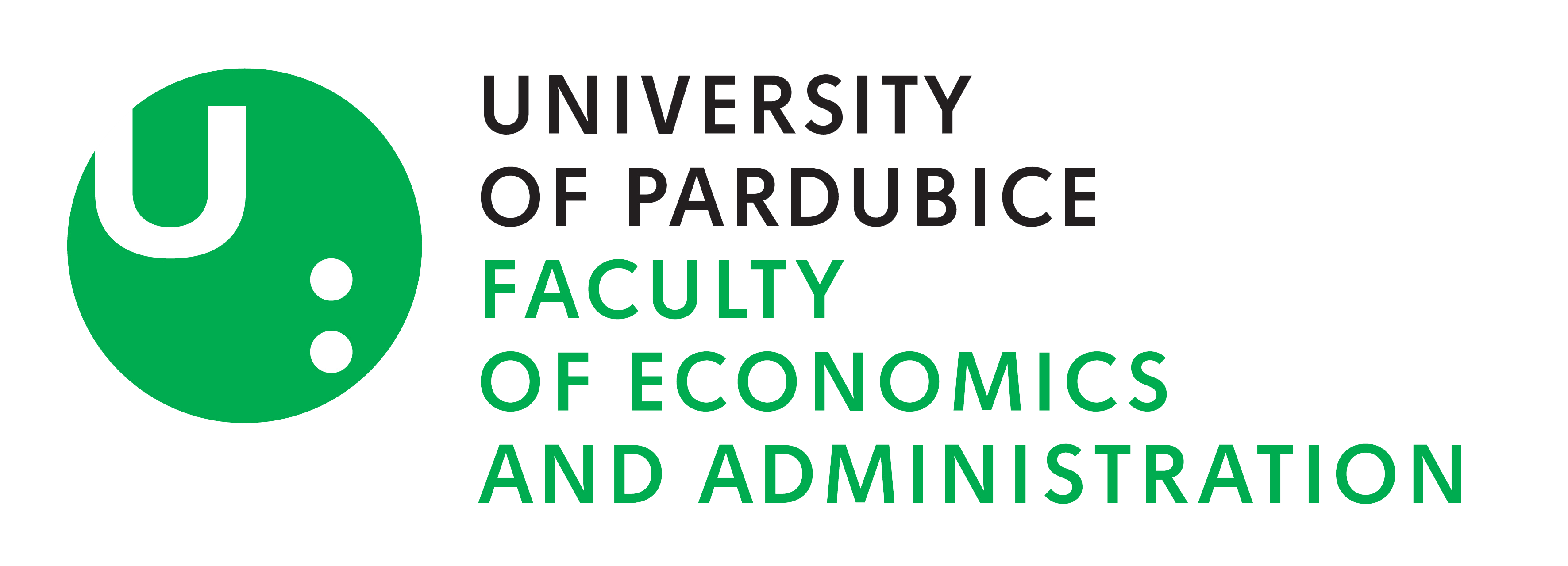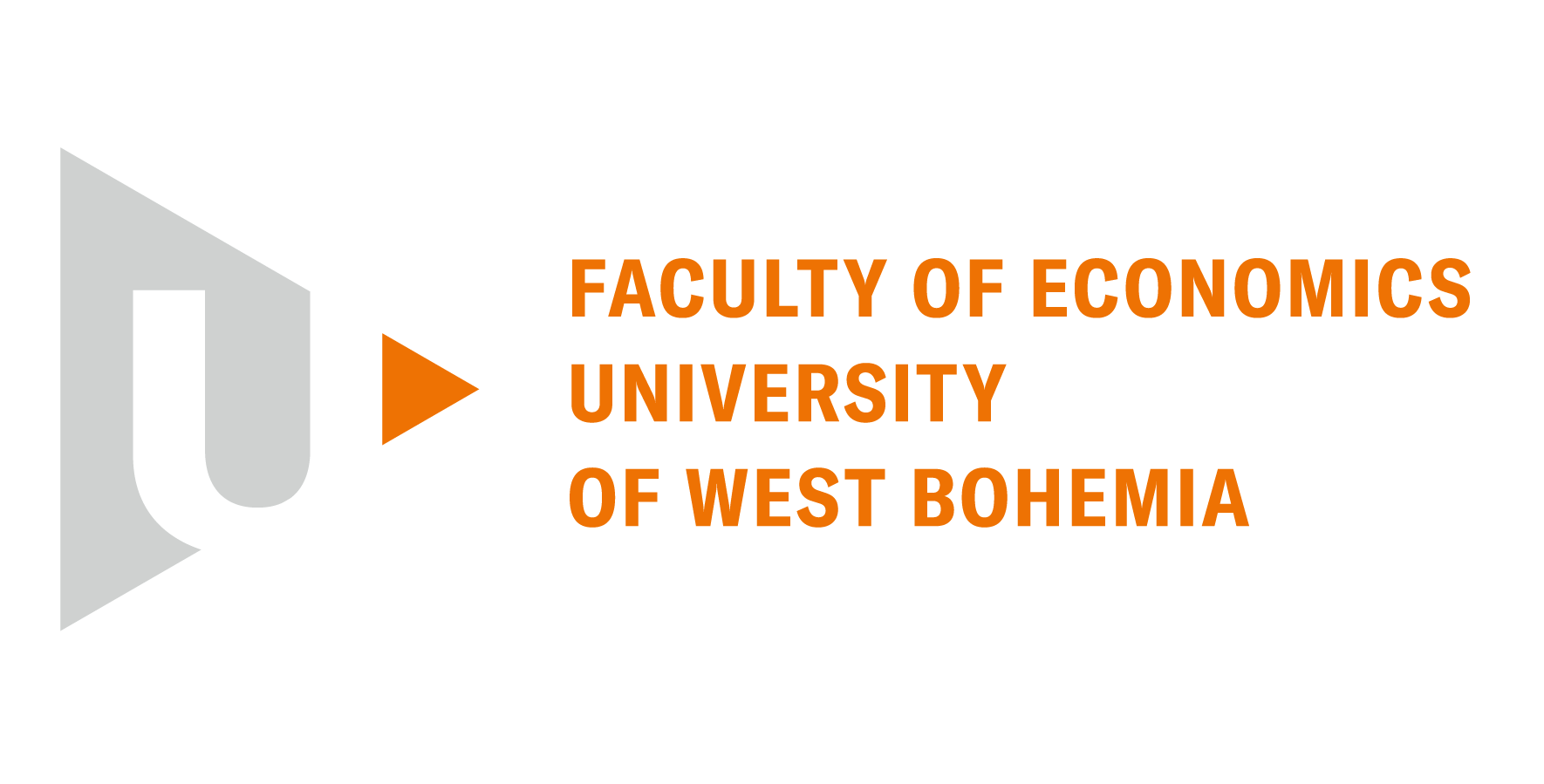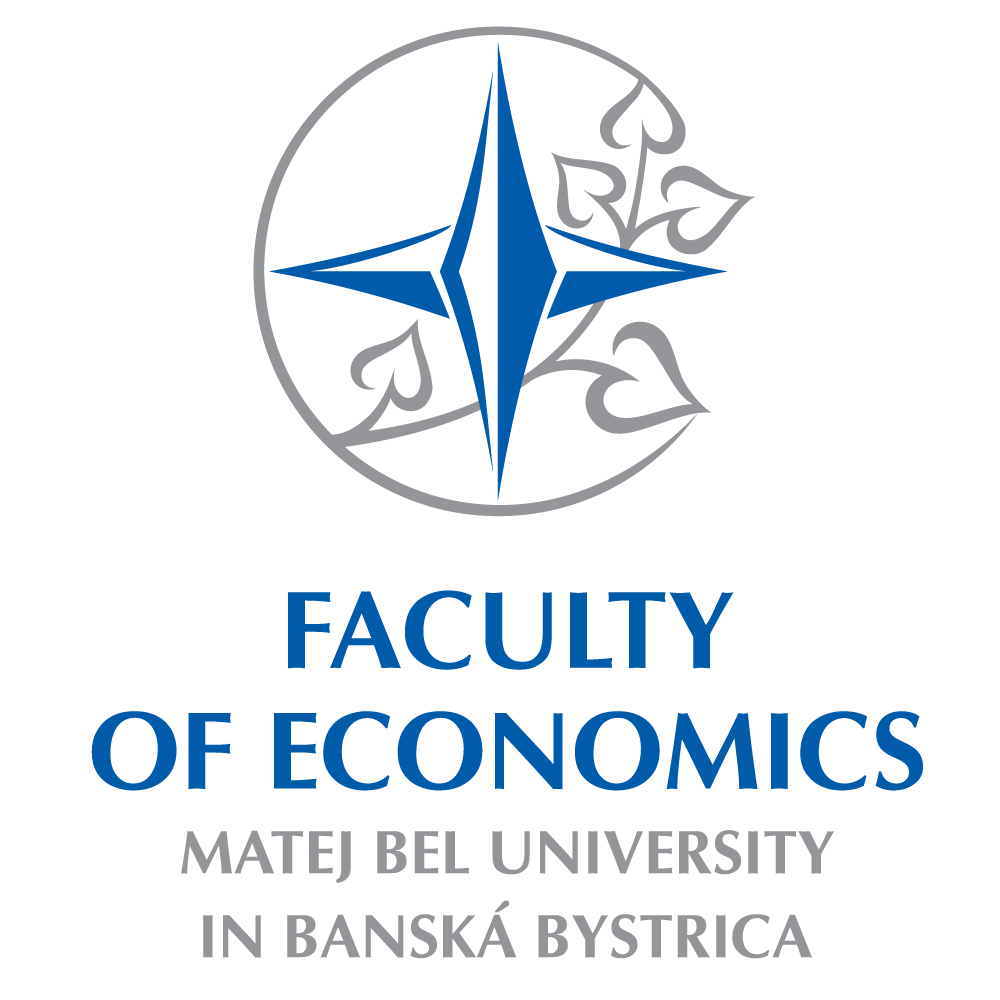Call for papers – Monothematic issue 2026
Sustainable cities
This monothematic issue seeks to create a platform for interdisciplinary research on sustainable cities. Urban areas have become central to the global economy, yet they also face significant social and environmental challenges. Without addressing these issues, cities risk becoming overcrowded, polluted, and increasingly detrimental to the quality of life for their inhabitants. We invite submissions of original papers from diverse academic disciplines, presenting innovative research that can contribute to overcoming the key sustainability challenges facing urban areas worldwide.
Important dates: submission open date – June 1, 2025, manuscript submission deadline – October 31, 2025. Please inform the editorial office that the manuscript is intended for the monothematic issue (journal@tul.cz).
More information in Call for papers here.
Monothematic issue 2025 (expected publication September, 2025)
Transitioning to the green circular economy: The age of VUCA
We invite contributions from researchers and practitioners from the circular economy for our upcoming monothematic special issue that is exclusively focussed on the implications of volatility, uncertainty, complexity, and ambiguity on the sustainability of the circular economy. We recommend that the contributions be specific and targeted towards the scholarship and practice of the circular economy.
Important dates: expected publication September 2025 (submissios closed).
More information in Call for papers here.
Monothematic issue 2024 (published September 6, 2024)
Emerging digital technologies and their influence on elimination of supply chain vulnerability
This issue of E&M Economics and Management aims to expand the understanding of how digital technologies can be leveraged to mitigate supply chain vulnerabilities. The focus is on exploring the role of these technologies in making supply chains more lean, agile, resilient, and environmentally sustainable. The collected articles offer a comprehensive look into various aspects of this dynamic field. More information in Editorial here.
Aims & Scope
The journal E&M Economics and Management (E&M) publishes high quality original research articles and scientific studies based on theoretical and empirical analyses. E&M encourages new intriguing ideas and new perspectives on existing state of knowledge.
Among the key topics covered are Economics, Business Administration, Finance, Management, Information Management, and Marketing & Trade. More information here.
Warning
Editorial office of the journal E&M Economics and Management warns that there have recently emerged false offers promising mediation of publishing in our journal for a certain fee. Editorial office declares that we do not keep such cooperation. Every single review process is standartized and transparent. If you are interested in publishing with E&M, contact our editorial office directly. The journal does not have any intermediaries abroad.








